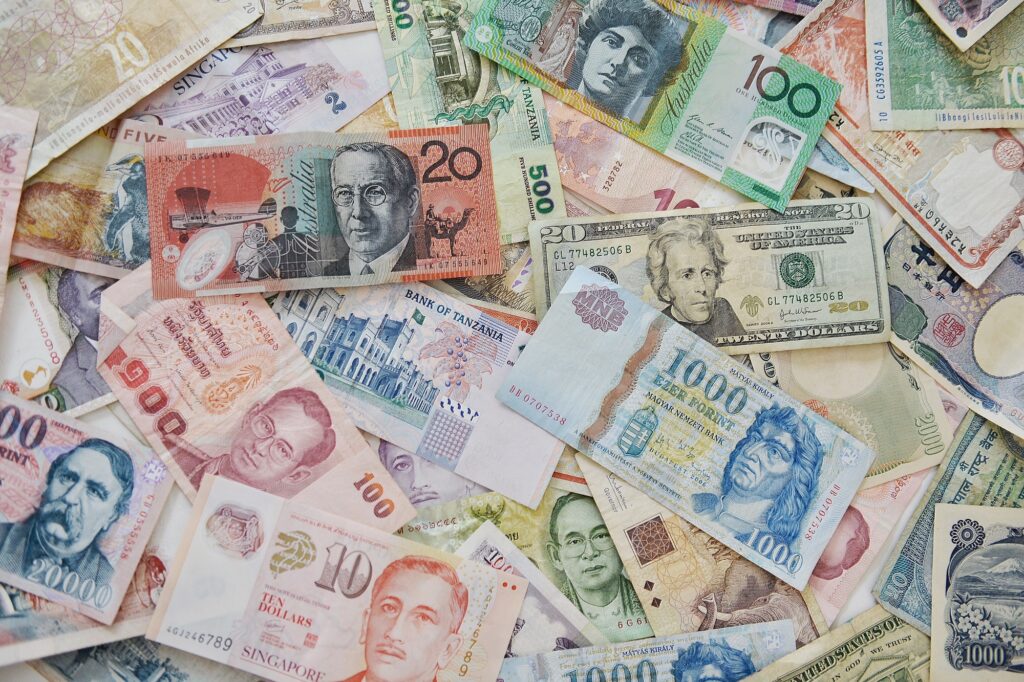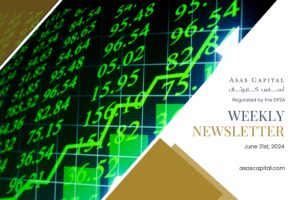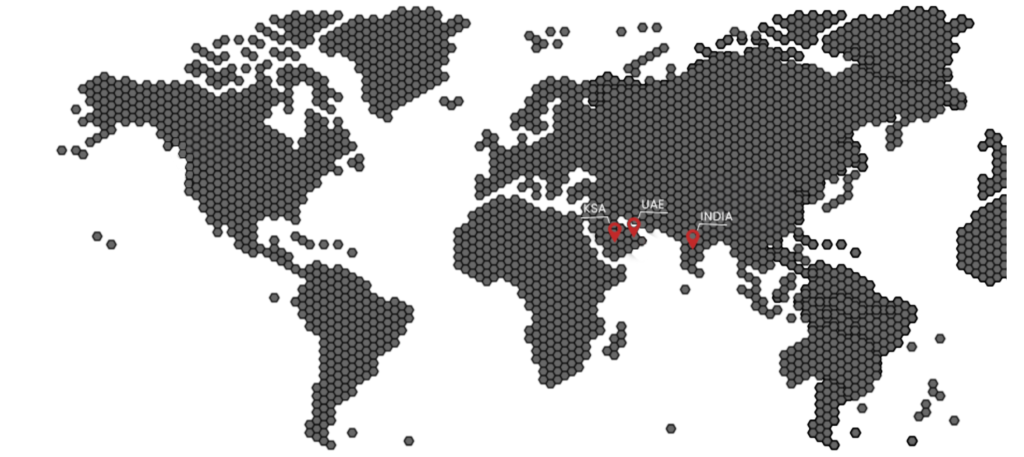Wall Street folklore contends that four data points reflect the interrelationship between the price of money, interest rates, the price of currency (US Dollar Index), the price of gold and price of crude oil, the four heartbeats of global finance. These heartbeats also shape the pulse of major asset classes, including property.
One, the price of money flashes a recession SOS now. The yield on the US Treasury ten-year note has fallen from 3.20% last October to a mere 1.50% now. This reflects unmistakable multiple metrics of a global economic slowdown and a “safe haven” bid in Uncle Sam debt as the US-China trade war escalates, the German economy slips into two successive quarters of negative growth (technical recession) as factory orders/exports plunge and Chinese GDP growth falls to 6.2%, the lowest since 1990.
The yield on the ten-year Treasury note, an inverted yield curve and $15 trillion in government debt in Europe and Japan trades at negative interest rate yields. The yield curve’s predictive power is imperfect but the fact remains that an inverted yield curve predicted the US recessions of 1990, 2000 and 2008 even though their respective catalysts were the savings and loan crisis, the dotcom bust in 2000 and the subprime mortgage debacle in 2008.
Financial markets not merely forecast recession. They help to cause one as commercial bank restrain lending, fund managers sell risk assets, industrial commodities decline as global purchasing managers indices fall (Dr. Copper is hitting new lows in 2019 while gold hits new highs) and the valuations of airfreight stocks like FedEx are gutted by 35 – 40% from their peak.
In retrospect, seven successive rate hikes by the Federal Reserve in 2017 and 2018, coupled with a shrinkage of the US central bank’s balance sheet from its post Lehman $4.5 trillion peak (quantitative tightening in the language of monetary economics), was a major factor in the sharp rise of the US dollar amid a global deflation big chill. It was only after the global stock markets fell 20% amid a spasm of risk aversion in the last four months of 2018 and President Trump threatened to fire Chairman Powell for being “loco” did the Fed engineer a monetary policy U-turn at the January 2019 FOMC and finally cut the Fed Funds rate by 25 basis points at the July FOMC. This was the first Fed rate cut in a decade.
The Trump White House believes that the Federal Reserve’s excessive monetary tightening in 2018 and “too little, too late” monetary easing in 2019 could well lead the US into an economic recession in 2020. No incumbent US President has been reelected amid a recession as Jimmy Carter, Gerald Ford and George HW Bush’s one term tenure in the Oval Office attests. So a US recession in 2020 would doom President Trump’s reelection chances. While manufacturing is only 11% of a US economy powered by consumer spending (70% of GDP), a recession in the Rust/Farm belt states in the US Midwest hits Trump’s white working class America First political base hardest.
This economic recovery began in 2009 and has lasted for a decade. The US economy still generates 2% GDP growth and the unemployment rate has fallen to 50 year lows at 3.7%. Yet if the Federal Reserve cuts interest rates by 50 basis points at the September FOMC, it could well extend the business cycle and avert recession, especially if the Trump White House boosts consumer/business confidence and asset values on Wall Street by deescalating the trade war with China and defusing the time bomb of retaliatory tariffs and protectionist fusillades from Beijing. Donald Trump has compromised the political independence of the Federal Reserve more than any other US President since Richard Nixon in the early 1970’s. This means the Fed monetary policy will be made this autumn amid the vitriolic politics of trade and the US Presidential election campaign.
Two, the price of currency is equated with the US Dollar Index, is now 98.86, approximately 30% above its levels since spring 2013. The rise in the US Dollar Index reflects the dramatic plunge in the Euro, 57% of the index, to below 1.10 as I write. Many macro factors stimulate global demand for the US dollar. US economic growth, while hardly white hot at 2%, is far higher than the zero-growth experienced in economies in Europe, primarily Germany, one third of the Eurozone GDP. The ten-year US Treasury note is 1.50% but the ten-year German Bund yield is minus 68 basis points. This means US-German interest rate differentials favor the US dollar over the Euro. ECB President Mario Draghi has forecast that the economic outlook in the Old World is getting “worse and worse” and hinted at more stimulus. His successor as ECB President Christine Lagarde, a French politician and managing director of the IMF, is not even an economist and will continue Draghi’s ultra-dovish monetary policy.
Sterling is 13% of the US Dollar Index weightage. Sterling has plunged from 1.50 on the eve of the Brexit referendum on June 23 2016 to 1.2160 now. The foreign exchange market is terrified at the prospect of Boris Johnson’s promised no deal Brexit on October 31. The trade war also threatens to morph into a currency war as the US Treasury has formally branded China “a currency manipulator”. China has imposed retaliatory tariffs on $75 billion in US exports and the People’s Bank of China (PBOC) has let the Chinese yuan depreciate below the critical 7 level to the US dollar. The trade war, the slump in global economic growth and higher volatility in asset prices has also led to a fall in emerging market currencies, led by the free fall in the Turkish lira, the Argentine peso and the Pakistani rupee. President Trump has railed against the “strong US dollar and weak Fed” but has not ordered the US Treasury Secretary to bring down its value via coordinated central bank intervention. Yet the trade weighted US Dollar Index has remained high despite the risk of intervention as there is political discord in the Group of Seven (G-7) advanced democracies. The last G-7 head of state summit in Biarritz could not even agree on a final communiqué, let alone a coherent economic strategy!
Three, the price of crude oil reflects the risk of a slump in global economic growth and thus petroleum demand. Brent crude, the global benchmark for light sweet crude, was $115 in June 2014, the month Daesh terrorists seized the Iraqi city of Mosul. Yet it trades at $58 now, despite the extension of the 1.2 million barrels a day (MBD) Saudi-Russian OPEC output cut pact. Saudi Arabia plans the flotation of its flagship state owned oil and gas company Aramco in history’s biggest IPO and has unveiled the most expansionary State Budget in the modern history of the kingdom. Saudi Arabia has an incentive to nudge Brent above $60 since its budget breakeven price is Brent $85. As OPEC’s swing producer due to its spare capacity and the world’s lowest drilling costs, the kingdom has disproportionate influence in global energy markets and is supported by its OPEC allies Abu Dhabi and Kuwait. With sanctions on Iran/Venezuelan oil exports, Libyan output impacted by the protracted post Gaddafi civil war and a secessionist revolt in Nigeria’s Niger Delta, there are tangible supply risks in OPEC. Yet US shale oil output, now at 12 MBD, makes the Permian Basin the world’s next great supplier of black gold. Yet crude oil trades at a seven-month low below $60 as financial markets believe the US-China trade war presages global recession.
Four, the price of gold has soared to $1530 an ounce, a dramatic breakout from its seven-year bear market downtrend. Gold is $220 an ounce or 17% above its $1310 price on January 1, 2019. Gold’s rise reflects both the dramatic fall in government bond yields and the rise in US-China trade tensions and Middle East geopolitical risks after Iran seized several foreign flagged oil tankers in the Straits of Hormuz. There has been consistent investor outflows out of equities funds and into the gold index fund (symbol GLD). In addition, Russian and Chinese central banks have been increasing the proportion of gold relative to US Treasuries in their hard currency reserves. The surge in gold relative to copper is also a clear sign of market fears on global recession. The four heart beats of world finance, sadly, point to cardiac arrest risk for the global economy!









